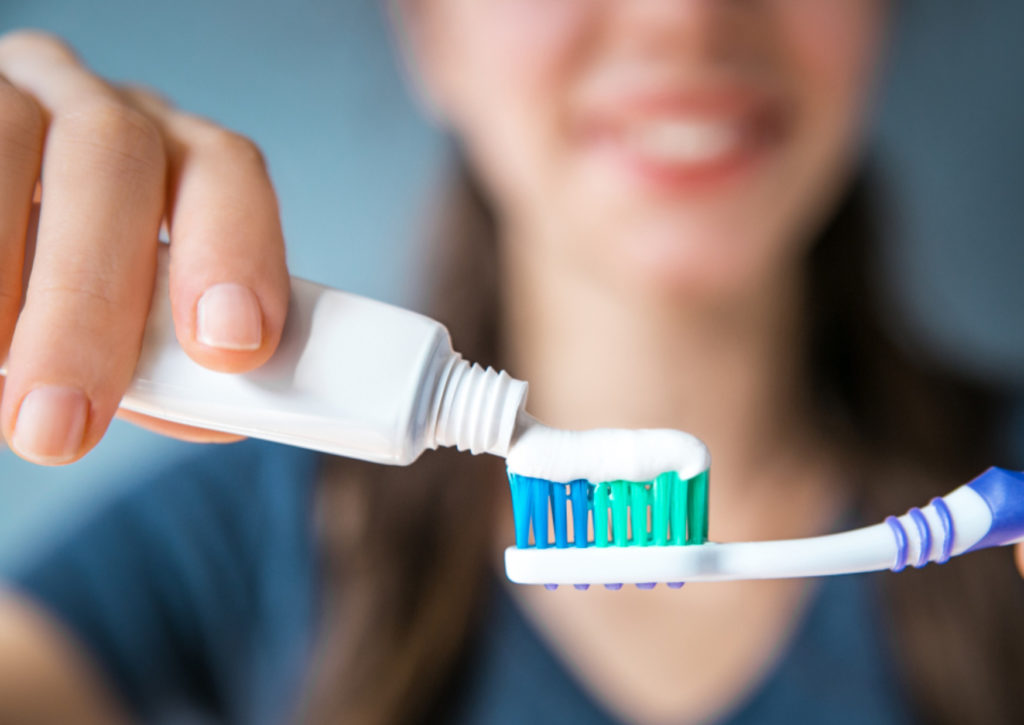
My son George learned to brush his teeth from a very young age. Every morning and night, I would find him at the sink, ensuring all his teeth were clean. He had a great attitude, so I took the opportunity to teach him proper oral hygiene. Now 41 years old, he remembers everything I taught him about teeth well, and he is the “dental teacher” of his three sons: Junior, Jacob, and Joseph.
Brushing and flossing are two of the most important habits to take care of your teeth and gums. Not only do they help remove bacteria, tartar, and plaque from your mouth, but they also prevent cavities, bad breath, gum disease, and even heart disease.
1 Maintaining good oral hygiene doesn’t have to be hard work. Brush your teeth twice daily for two minutes, and floss once daily. Eat healthy foods like fruits and vegetables that help build strong teeth, avoid sugary drinks like sodas, and visit the dentist regularly for thorough cleaning and inspection.
2 The correct way to brush your teeth takes less than two minutes. Many people tend to spend a lot more time or a lot less. Most adults consume less than a minute, which is not enough time.
3 When you brush your teeth, you should focus on hard-to-reach places. Moreover, use the right toothpaste. There are wide varieties, including those that prevent toothaches and tartar, and gingivitis. Toothpaste is the best way to protect your teeth, so you should always ask your dentist which type they recommend.
4 To get the most out of brushing, you’ll need a good toothbrush. There are many models to choose from, which makes it extremely difficult to choose one. Select a soft bristle brush. The soft bristles are easy on the gums and will remove plaque and other debris from the teeth. Moreover, a small head can easily reach hard places like back teeth.
5 Replace your brush every two months. If you’ve had a cold, you should replace your brush, simply because the bristles may contain germs that could make you sick again. Toothbrushes that show wear should always be replaced, as they hurt your gums.
6 Flossing keeps teeth and gums healthy. Flossing helps remove food and other debris that can get lodged between teeth and cause problems. It also helps prevent gum disease by removing plaque and bacteria that cause cavities.
A patient at the dentist always thought brushing his teeth was enough, and didn’t see the importance of flossing. One day, he had a severe toothache. He went to the dentist, and the dentist told him, that his toothache was due to plaque and decaying food between his teeth. The dentist warned him that if he didn’t take better care of his teeth, he could have cavities and other health difficulties.
7 As millions worldwide know, sensitive teeth make life “a nightmare.” Sensitive teeth come with discomfort, making eating or drinking a painful experience.
Typically, this condition presents toothache after drinking cold liquid, eating hot food, or breathing cold air. If the pain is severe, you should immediately see your dentist, as the nerve in your teeth could be exposed. As the gums are a protective blanket, they cover and protect the roots of the teeth. When the gums recede and recede, the roots have no protection and will therefore be exposed.
Those who brush their teeth daily prevent this kind of thing from happening. The goal is to stop tooth sensitivity and keep gums healthy.
Tubes of toothpaste on the market contain potassium nitrate, which helps reduce pain and discomfort associated with sensitivity.
8 Mouthwash also helps tooth sensitivity, as long as it contains fluoride. You can also ask your dentist which mouthwash he recommends, as there are several choices.
9 If you start using fluoride toothpaste and mouthwash, you will notice improvements in your teeth and gums. Sensitivity will begin to subside, with almost immediate relief.
10 Some wonder: “If I don’t brush my teeth, can I lose them?” The answer is yes, not brushing your teeth causes cavities and eventually the end of the teeth, which lose their color (they are not as strong and white as before) and begin to move in the gums and fall out.
